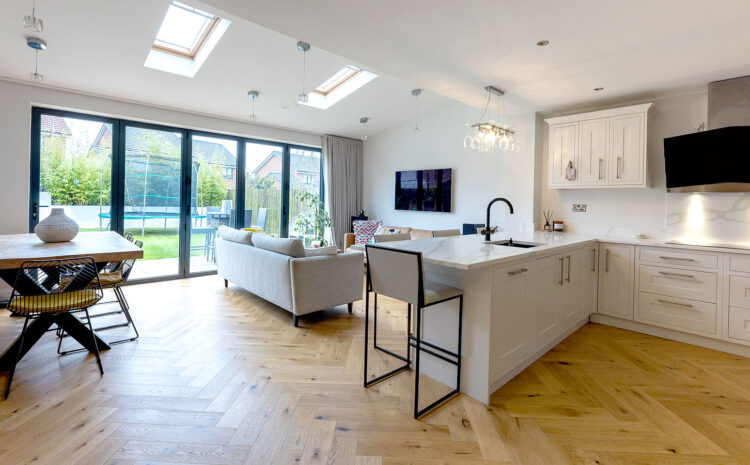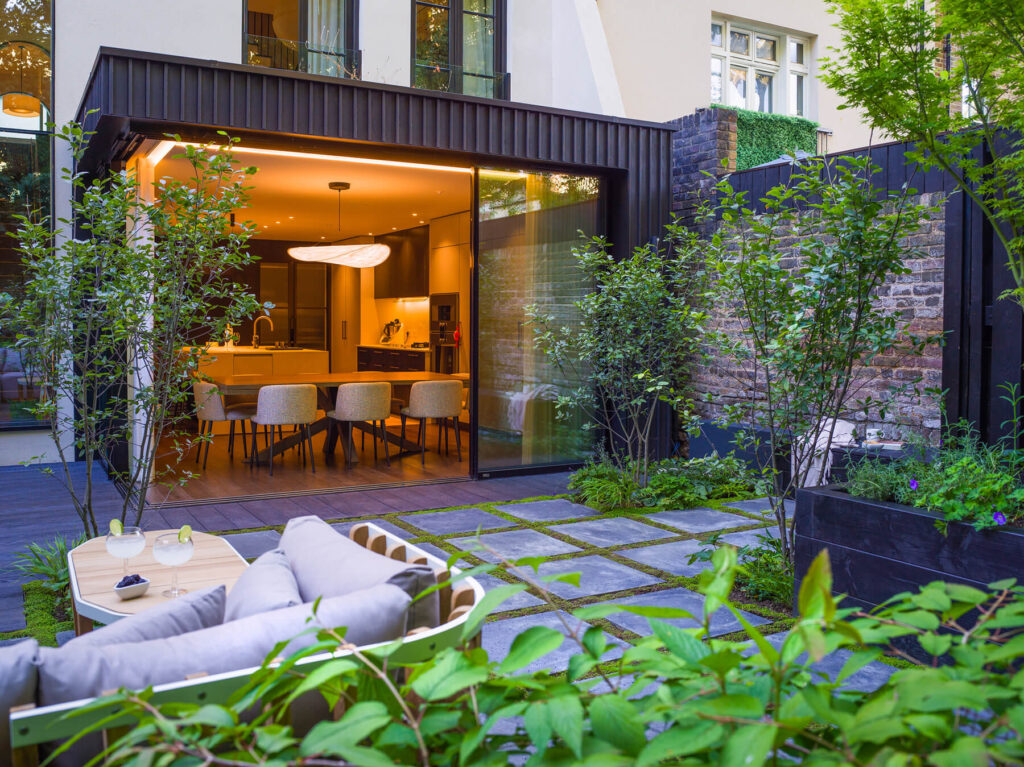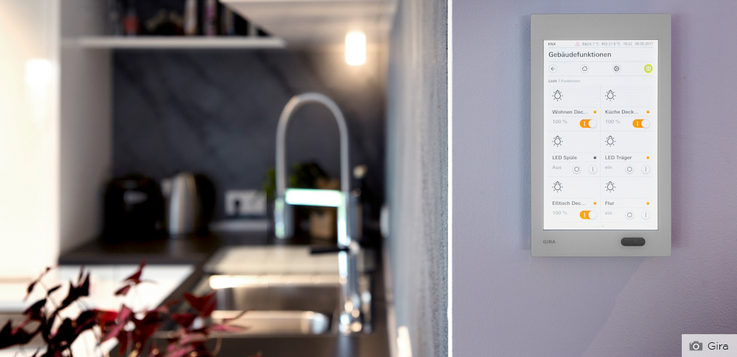
Home Extension Trends 2025: The Future of Living Space Design
As we move through 2025, the home extension market continues to evolve, driven by changing lifestyles, technological advances, and a growing emphasis on sustainability. Based on industry data and our experience with hundreds of projects, we’ve identified the key trends shaping how homeowners are expanding their living spaces this year.
1. Multi-Functional Hybrid Spaces

The traditional single-purpose room is becoming obsolete. Today’s homeowners are demanding flexible spaces that can adapt to multiple uses throughout the day¹.
Key Features:
- Kitchen-Living-Dining Extensions: Open-plan spaces that flow seamlessly between cooking, dining, and relaxation areas
- Work-Play Zones: Home offices that transform into entertainment spaces in the evenings
- Guest Room-Studies: Spare bedrooms doubling as productive workspaces
- Gym-Playrooms: Fitness areas that convert to children’s play spaces
“We’re seeing a 40% increase in requests for adaptable spaces compared to 2023,” notes the Federation of Master Builders in their latest market report².
2. Biophilic Design Integration

The connection between indoor and outdoor living has never been stronger, with biophilic design principles driving extension layouts and material choices³.
Popular Elements:
- Floor-to-Ceiling Glass Walls: Maximizing natural light and garden views
- Living Walls: Integrated planters and green walls within extensions
- Natural Materials: Reclaimed wood, natural stone, and earth-toned finishes
- Indoor-Outdoor Flow: Bi-fold doors creating seamless transitions to gardens
Research from the University of Surrey shows that homes incorporating biophilic design elements see a 15% increase in occupant wellbeing scores⁴.
3. Smart Home Technology Integration

Home automation is no longer a luxury but an expected feature in modern extensions⁵.
Trending Technologies:
- Integrated Climate Control: Smart heating, cooling, and ventilation systems
- Automated Lighting: Circadian rhythm lighting that adjusts throughout the day
- Smart Glass: Electrochromic windows that adjust opacity automatically
- Voice-Controlled Systems: Integrated speakers and smart home hubs
- Energy Management: Real-time monitoring and optimization of energy usage
The Consumer Technology Association reports that 73% of new home extensions now include some form of smart technology⁶.
4. Sustainable and Net-Zero Extensions

Environmental consciousness is driving demand for ultra-efficient, sustainable building methods⁷.
Key Sustainability Features:
- SIPS Eco Panels: Structural Insulated Panels for superior energy efficiency
- Solar Integration: Roof-mounted panels and solar tiles
- Heat Pumps: Air source and ground source heating systems
- Rainwater Harvesting: Integrated collection and filtration systems
- Sustainable Materials: Recycled steel, bamboo flooring, and low-carbon concrete alternatives
The UK Green Building Council reports a 60% increase in requests for net-zero extensions in 2024⁸.
Ready to explore how these 2025 trends could enhance your home? Contact Carter Langford Construction for a consultation on incorporating the latest design innovations into your extension project.
References
- Royal Institute of British Architects (RIBA). “Future Living Report 2025.” RIBA Publications, 2025.
- Federation of Master Builders. “Home Extension Market Analysis Q4 2024.” FMB Research, 2025.
- Biophilic Cities Network. “Residential Biophilic Design Trends.” University College London, 2024.
- University of Surrey, School of Architecture. “Biophilic Design and Occupant Wellbeing Study.” Environmental Psychology Journal, 2024.
- Consumer Technology Association. “Smart Home Integration Report 2025.” CTA Research Division, 2025.
- Ibid.
- UK Green Building Council. “Residential Net Zero Construction Report.” UKGBC, 2024.
- Ibid.
